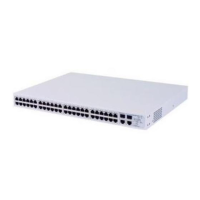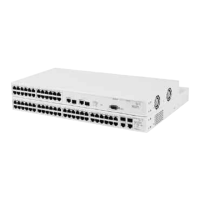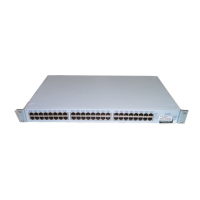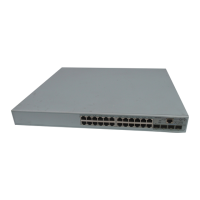D
ADVANCED IP ROUTING
CONCEPTS
This chapter provides some additional background detail on the IP
information that can be assigned to your Switch to enable you to manage
it across a network. These are advanced features and are not required for
operating your switch in your network. The topics covered are:
■ Variable Length Subnet Masks (VLSMs)
■ Supernetting
Variable Length
Subnet Masks
(VLSMs)
With Variable Length Subnet Masks (VLSMs), each subnetwork under a
network can use its own subnet mask. Therefore, with VLSM, you can get
more subnetwork space out of your assigned IP address space.
How VLSMs Work
VLSMs get beyond the restriction that a single subnet mask imposes on
the network. One subnet mask per IP network address fixes the number
of subnetworks and the number of hosts per subnetwork.
For example, if you decide to configure the 158.100.0.0/16 network with
a /23 extended-network prefix, you can create 128 subnetworks with
each having up to 510 hosts. If some of the subnetworks do not need
that many hosts, you would assign many host IP addresses but not use
them.
With VLSMs, you can assign another subnet mask, for instance, /27, to
the same IP address. So you can assign a longer subnet mask that
consequently uses fewer host IP addresses. As a result, routing tables are
smaller and more efficient.
This method of further subdividing addresses using VLSMs is being used
increasingly more as networks grow in size and number. However, be
aware that this method of addressing can greatly increase your network

